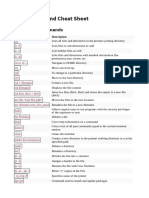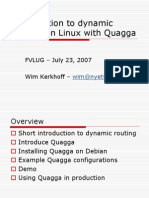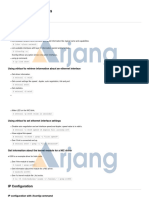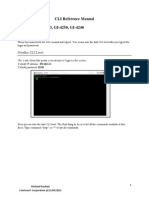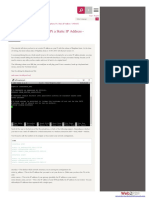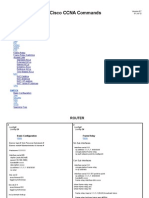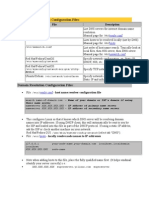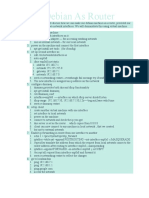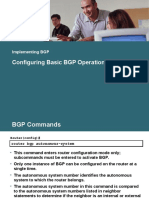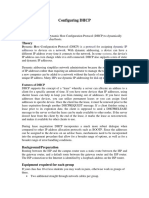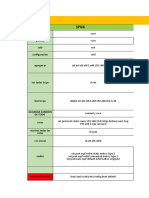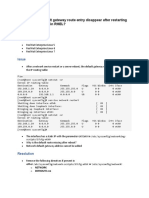0% found this document useful (0 votes)
87 views25 pagesLinux Networking & Routing Guide
The document discusses networking and routing concepts. It covers setting the Linux hostname, original IP network classes, Classless Inter-Domain Routing (CIDR) which uses flexible netmasks, and an IP command cheat sheet for queries, modifying addresses and links, managing ARP tables and routes. The last section discusses setting up dynamic routing with BGP on Debian using FRR and configuring Keepalived for high availability.
Uploaded by
SiskaAmaliaCopyright
© © All Rights Reserved
We take content rights seriously. If you suspect this is your content, claim it here.
Available Formats
Download as PDF, TXT or read online on Scribd
0% found this document useful (0 votes)
87 views25 pagesLinux Networking & Routing Guide
The document discusses networking and routing concepts. It covers setting the Linux hostname, original IP network classes, Classless Inter-Domain Routing (CIDR) which uses flexible netmasks, and an IP command cheat sheet for queries, modifying addresses and links, managing ARP tables and routes. The last section discusses setting up dynamic routing with BGP on Debian using FRR and configuring Keepalived for high availability.
Uploaded by
SiskaAmaliaCopyright
© © All Rights Reserved
We take content rights seriously. If you suspect this is your content, claim it here.
Available Formats
Download as PDF, TXT or read online on Scribd
/ 25











